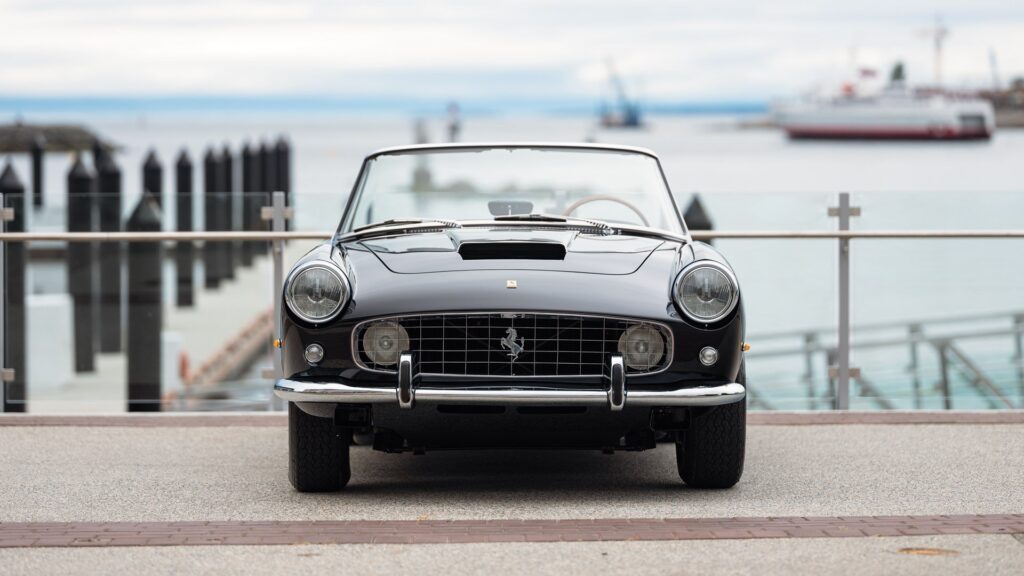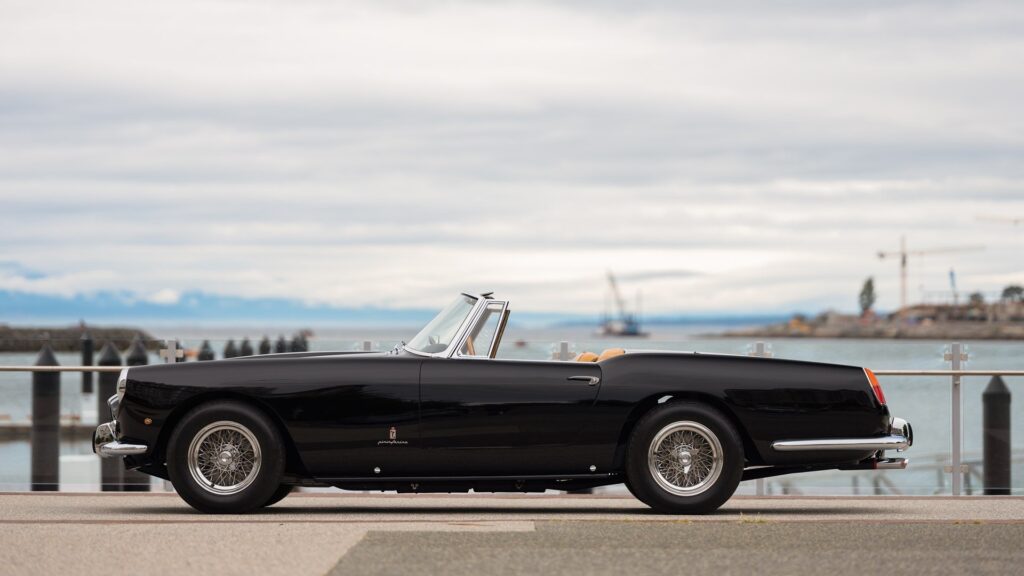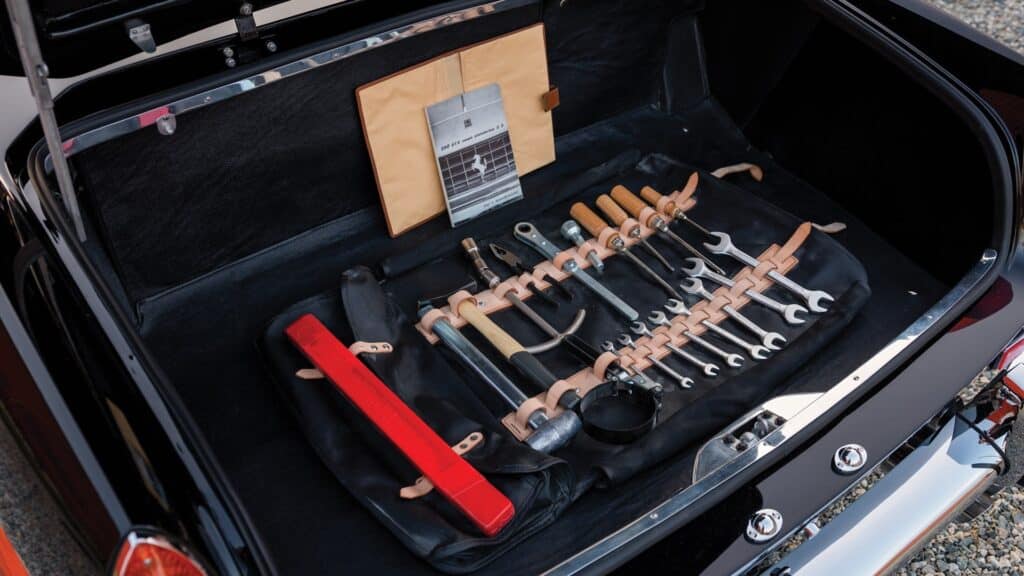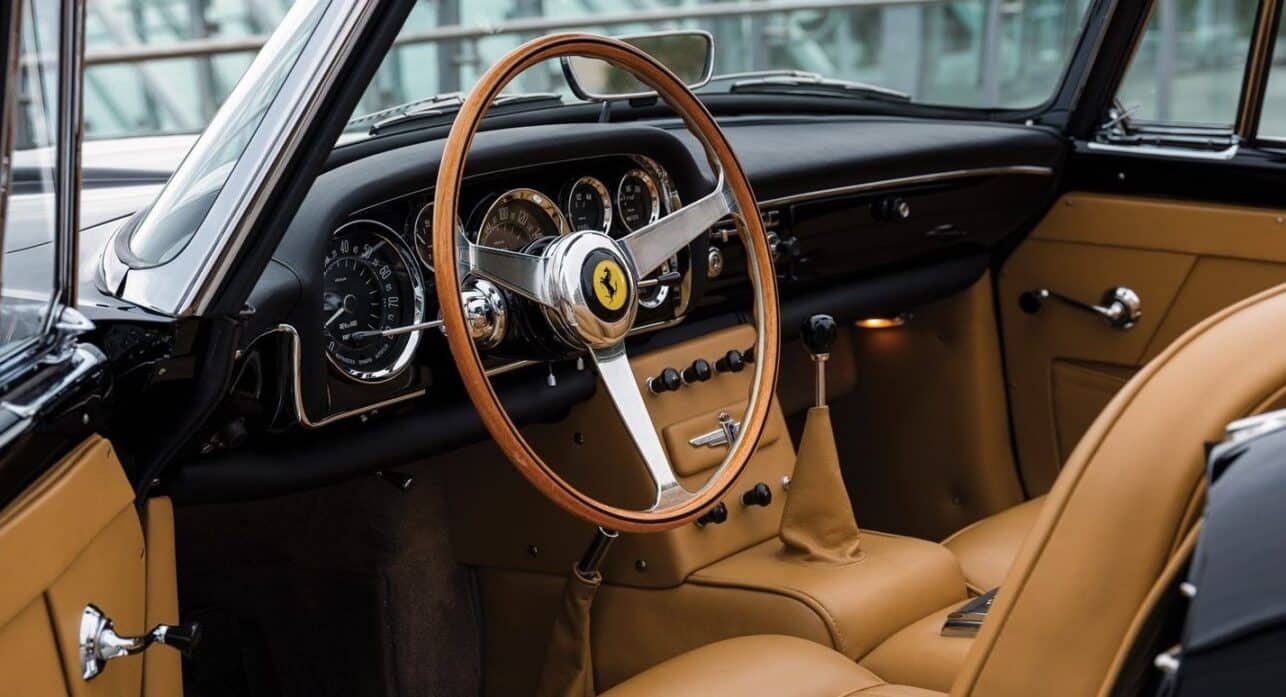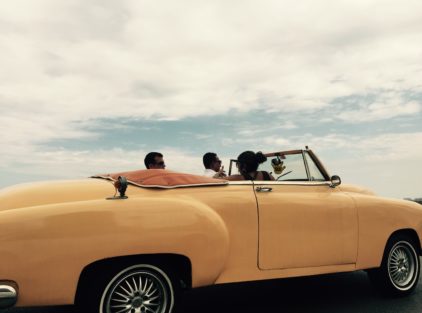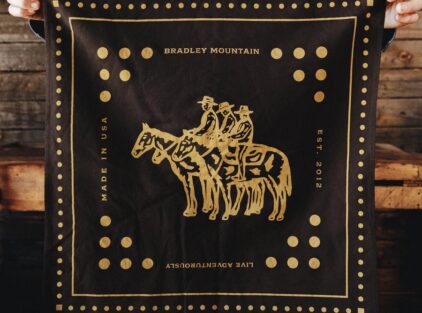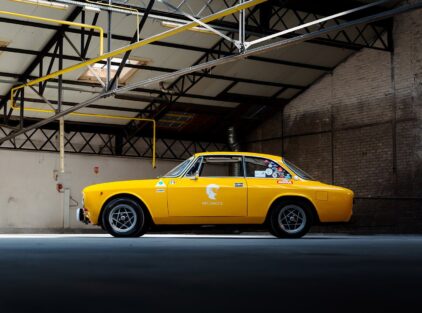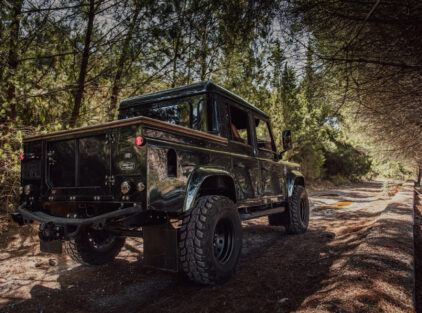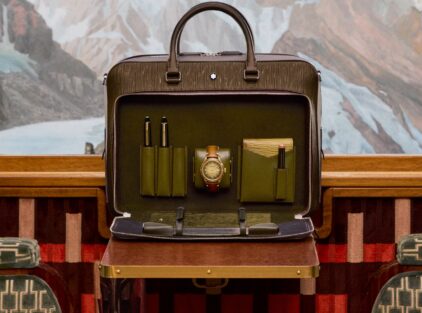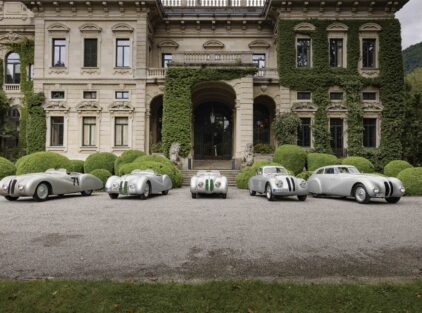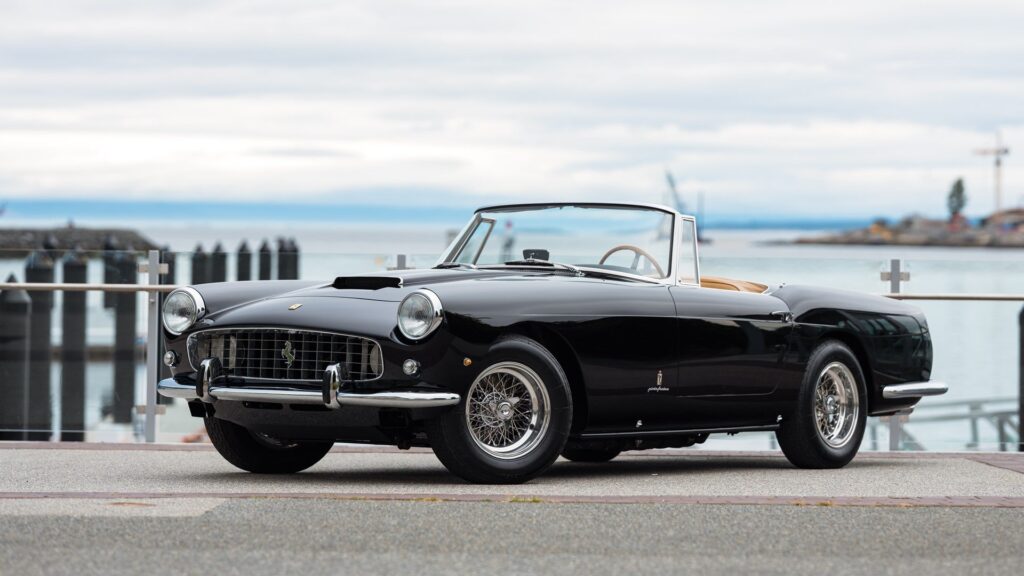
In the late 1950s, Ferrari’s success on the race track established its reputation throughout Europe and North America. As a result, its cars were gaining greater popularity. Initially, limited production road cars and coupes were reserved for its racing efforts, bringing in the necessary funds to ensure Ferrari’s competitiveness in racing. However, over time, road cars would become an equally important part of the brand’s lineup, particularly with the 250 series. Supporting not only Le Mans winners, the 3.0-liter Colombo V-12 engine and 250 GT chassis could seemingly do it all. From the superb Lusso and the sporty California Spider, to the Tour de France and – of course – the 250 GT cabriolet, the basic build formula was nothing short of perfect. More comfortable on the coast of southern France than on the straight Mulsanne, the roadster version was built for those who respected Ferrari’s racing pedigree but wanted something far more civilised, comfortable and practical than its racing counterparts. When it debuted at the 1959 Paris Motor Show, the second series 250 GT cabriolet offered a number of changes over the first series models. These included open headlamps with a slightly more rounded nose and elongated taillight lenses. The slightly larger interior and trunk space also made long trips more comfortable. During the three years of production, only 200 second series convertibles were produced.
